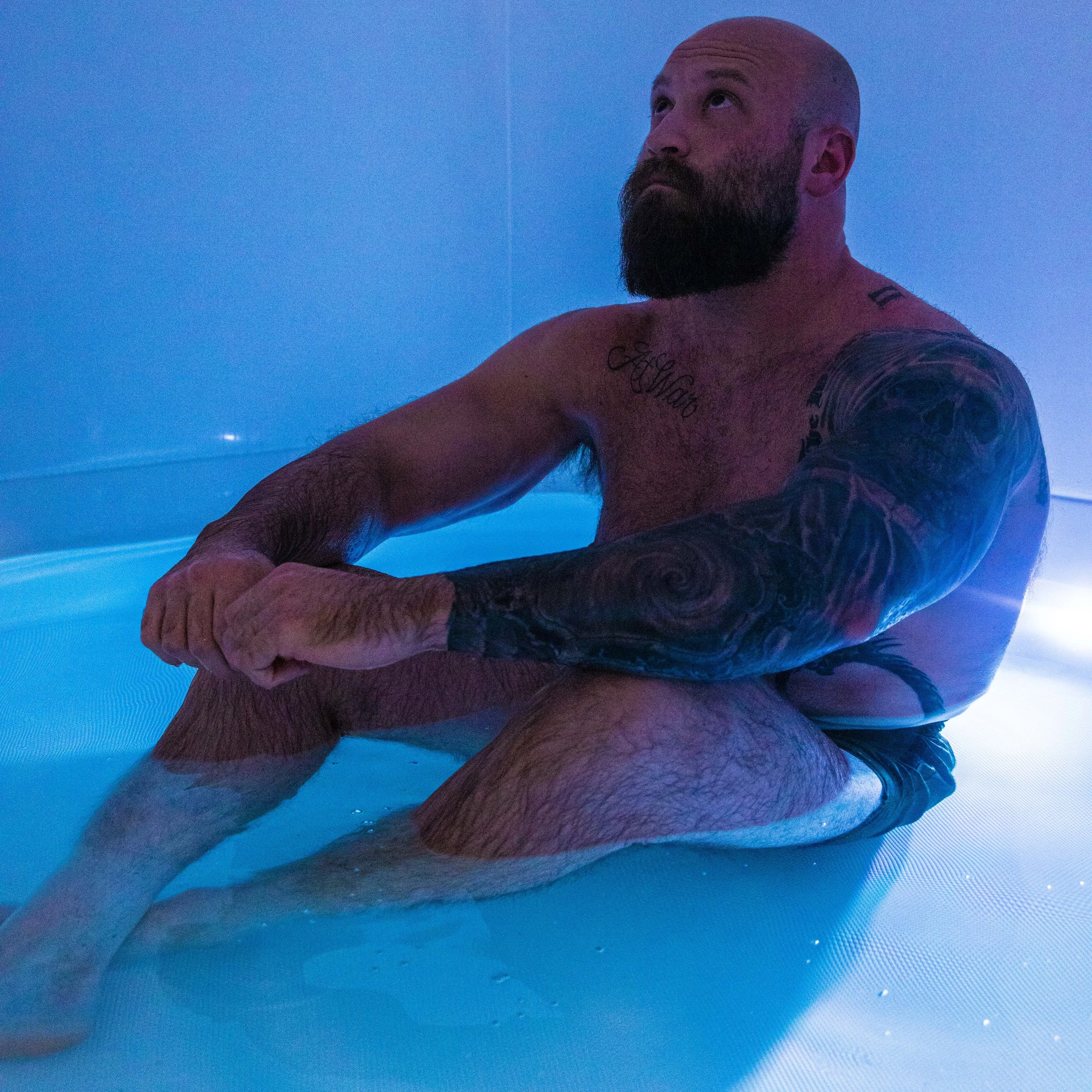Float for Anxiety
Can floating help alleviate anxiety?
Before we dive, let’s first define the problem. What is anxiety?
“A feeling of worry, nervousness, or unease, typically about an imminent event or something with an uncertain outcome.”
So, there is an obvious mental component - we are worried about something that hasn’t happened yet - but there is also a physical component to anxiety.
What does anxiety feel like? It can physically manifest as feelings of a tight chest (or ‘shallow breathing’), increased heart rate, nausea, fatigue, racing thoughts, muscle tension, irritability, restlessness or inability to sleep.
To answer the question - Can floating help alleviate anxiety? - we turned to a study done in 2019. The summary reads as follows…
Evidence suggested that floating does have a large, positive effect on disorders such as Generalized Anxiety, Social Anxiety, Major Depression, PTSD, Panic Disorder, and Agoraphobia. The reductions in negative symptoms suggest that floating could be used as an effective form of treatment for those dealing with these conditions.
But why?
Our bodies and minds have evolved over thousands of years to keep us alive. We adapted to be able to see threats before they could cause us harm and take us out of the reproductive pool. So, whether we are aware or not, our minds AND bodies are constantly on alert - like Peter Parker’s spidey-sense but to a lesser degree (maybe?). The crux is that threats used to be acute - picture a caveman stumbling across a sabertooth tiger. While in today’s complex society, our brains and bodies interpret many more things as threats, so they become chronic - social rejection, social isolation, work email pinging, work phone pinging, didn’t get the raise, didn’t get the new job offer, have to work with someone you dislike, kid’s crazy sports schedules, getting their project done last minute for school, late paying a bill- see what I mean? It’s hard to escape these ‘threats.’ Obviously these aren’t threats to our lives, but they are constant and can be nagging. And in the absence of the sabertooth tiger, these ARE threats, especially when we let our minds run wild.
This is why anxiety can be felt as both a mental and physical experience. Our brains and bodies are signaling back and forth to one another that something is threatening us, or about to threaten us, so we have to be on alert. It’s an exhausting way to live - in fight or flight almost 24/7. We evolved to spend short bursts in fight or flight, while spending the rest of our time in rest and digest. (This is a topic for another blog, but sympathetic vs parasympathetic nervous system activation is the what’s switching us between these two modes.)
So how does floating help someone with anxiety?
As you step into the float tank and lie back, you’ll feel the support of the water take all the pressure off of your body. It allows you to release that muscular tension that has resulted from a chronic state of anxiety.
Then, as you become comfortable with the physical weightlessness, you notice that the air and water are both skin temperature. This is important because after a few minutes you lose sense of your body - the thing that is signaling that anxious feeling. This switches on your parasympathetic nervous system, allowing your body to slip out of fight or flight and into that blissful rest and digest mode.
As odd as it may sound, this experience puts your CNS (central nervous system) back into the most comfortable environment it has ever experienced - the womb! Obviously we don’t have any memory of that experience, but our body does. And the body does not forget.
Source:
‘Flotation-restricted environmental stimulation therapy improves sleep and performance recovery in athletes’ - Vipan Broderick, Liis Uiga, Matthew Driller, University of Waikato, Hamilton, New Zealand (2019)



